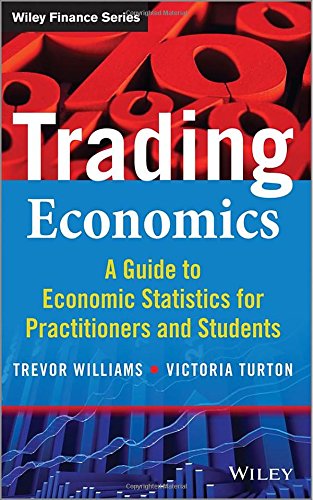دانلود کتاب Trading Economics: A Guide to Economic Statistics for Practitioners and Students - Original PDF
Author:
Trevor Williams, Victoria Turton
0 (0)
توضیحات کتاب :
A practical guide to understanding how key economic and market statistics drive financial market trends The recent global financial crisis stressed the need for economists who understand how key economic and market statistics drive financial market trends and how to mitigate the risks for businesses that those trends affect. Trading Economics provides guidance for navigating key market figures in a convenient and practical format. Emphasizing the link between economic data and market movements, this book analyzes surveys, economic growth statistics, inflation, labor markets, international trade, monetary and fiscal indicators, and their relevance in financial markets. It bypasses complex terminology to offer a hands-on, accessible introduction to financial statistics and how to profit from them. Offers clear illustrations and an easy-to-read layout to teach you how to trade profitably in financial markets and minimizes risk for your business Written Trevor Williams and Victoria Turton, authoritative public figures with experience working on the New York Stock Exchange Includes a website featuring a blog and new surveys as they develop accompanies the book Complete with worked examples and updated information, Trading Economics is an essential, comprehensive guide to understanding every aspect of financial market trends and how to navigate them to your advantage.
سرچ در وردکت | سرچ در گودریدز | سرچ در اب بوکز | سرچ در آمازون | سرچ در گوگل بوک
1,186 بازدید 2 خرید










